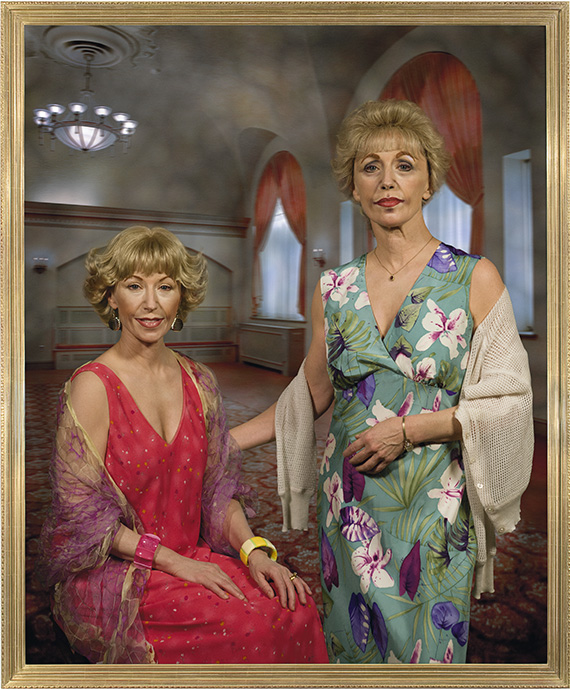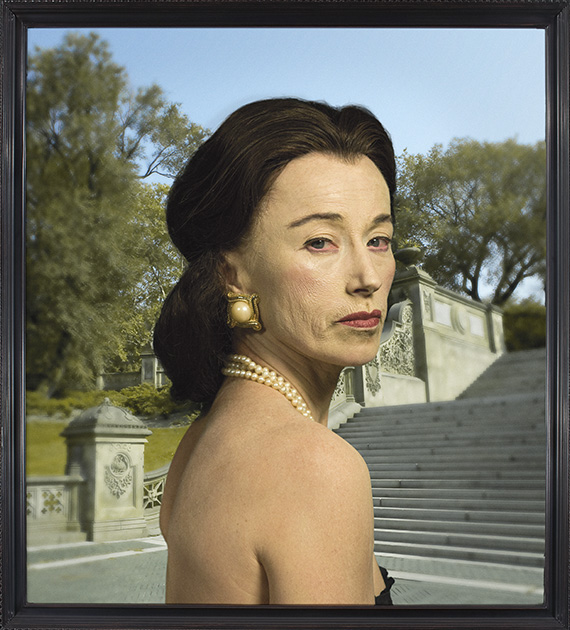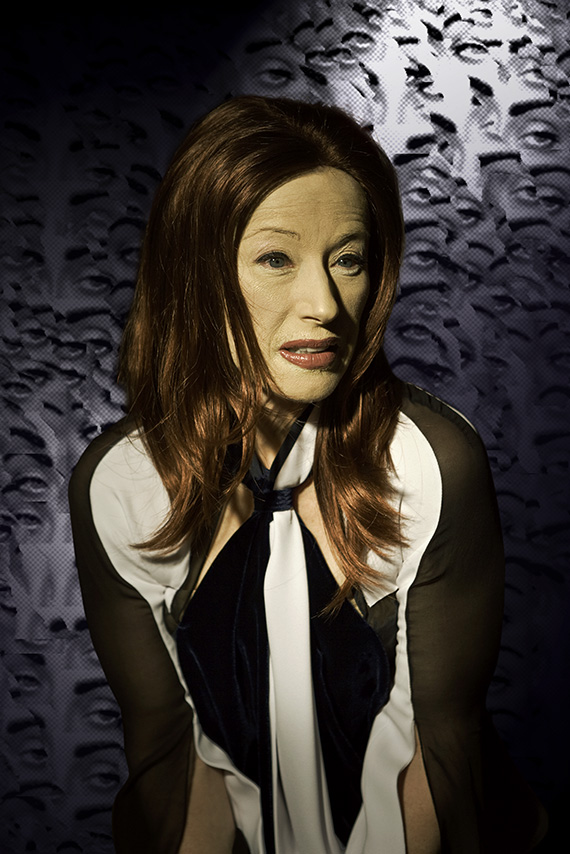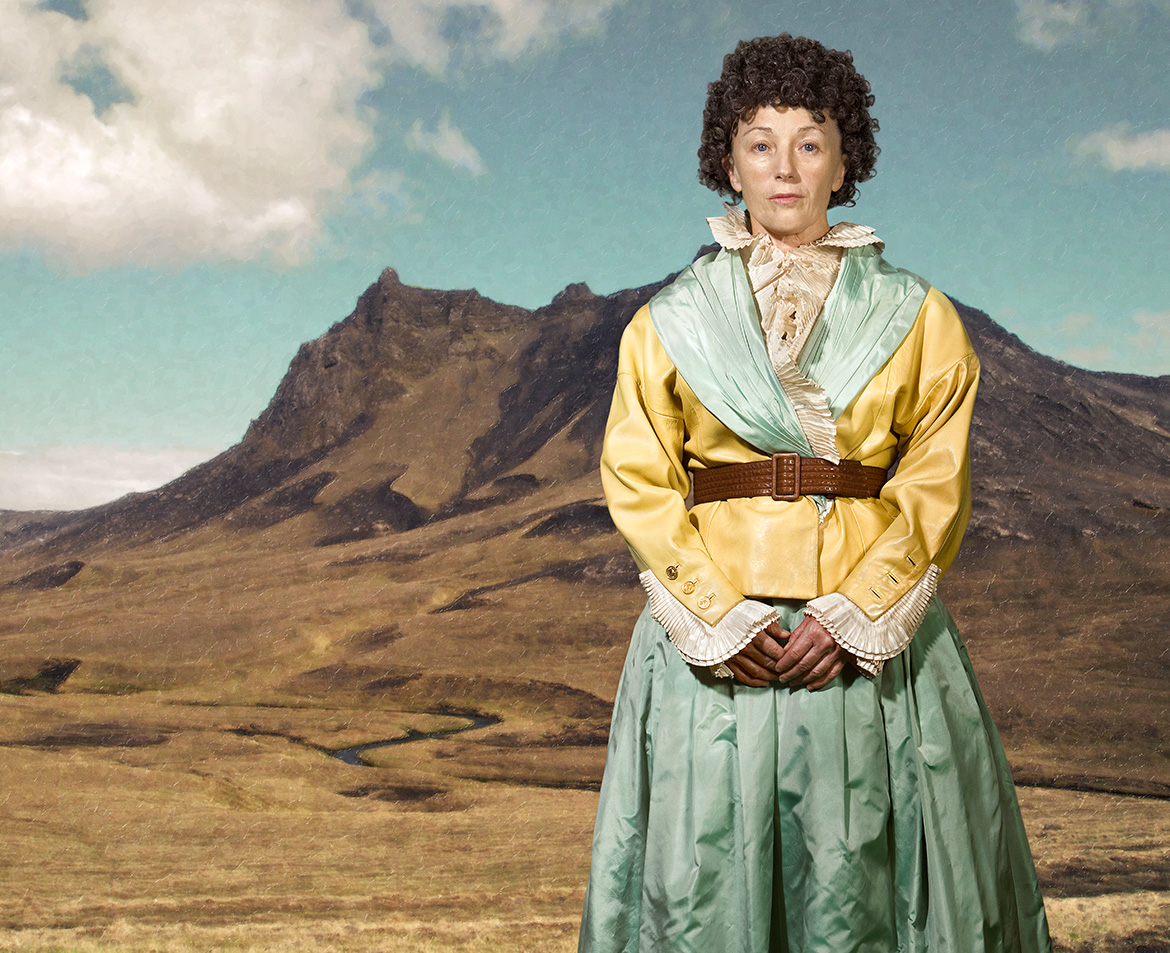
Cindy Sherman is counted among the most influential artists of the last 50 years. Sherman’s photographs are witty reflections on the representation of the aging female body and narcissism in contemporary pop culture. These themes are writ large in the ‘society portraits’ 2008 series, which pictures Sherman masquerading as a myriad of women claiming their stake as members of high society.

Each character is impeccably dressed in expensive clothes, staring judgmentally out of the frame and down at the viewer. The figure in Untitled #474 wears a sequined gown and attempts to preserve her youth with the aid of make-up and cosmetic surgery. She does not feel obligated to pander to the camera or seduce her audience with a smile.
This sense of superiority is mirrored by the woman depicted in Untitled #465, who, set against an opulent backdrop, leers dismissively over her shoulder at the viewer. Despite the poise, wealth and power possessed by each of the women in this series, there is an element of tragedy and loss that cannot be overlooked.
According to Sherman, the women depicted in the series ‘are trying to show the fruits of their efforts in life, but are not really comfortable with it’.1 Despite their inherited or more recently acquired wealth, the surgically-enhanced matriarchs and trophy wives are devoid of happiness.

As the title suggests each work in the series can be classified as a portrait. Portraiture is an art form that throughout history has been utilised by monarchs and elite members of the upper classes to represent their superior social standing and abundant wealth. While much of the writing on Sherman’s artworks is about how she analyses generic types, in this series Sherman has adopted a medium rooted in individuality and associated with privilege.
Endnote
1 Sollins, Susan, “Cindy Sherman: It Began with Madame de Pompadour”, Art21, July 2013, http://www.art21.org/texts/cindy-sherman/interview-cindy-sherman-it-began-with-madame-de-pompadour (accessed February 2, 2016).
‘Cindy Sherman’ | Until 3 October 2016 | Ticketed
Buy Tickets
Buy the Publication
Further Information
Cindy Sherman Up Late | Ticketed
5.30pm – 10.00pm | Fridays 9, 16, 23, 30 September
Buy Tickets
Sundays with Cindy
28 August | 25 September
GOMA Talks Cindy Sherman | Free
6.30pm Thursday 21 and 28 July
Join us for discussions on contemporary feminism.
‘In Character’ Cinema Program | Until 28 August 2016 | Ticketed
Buy Tickets








